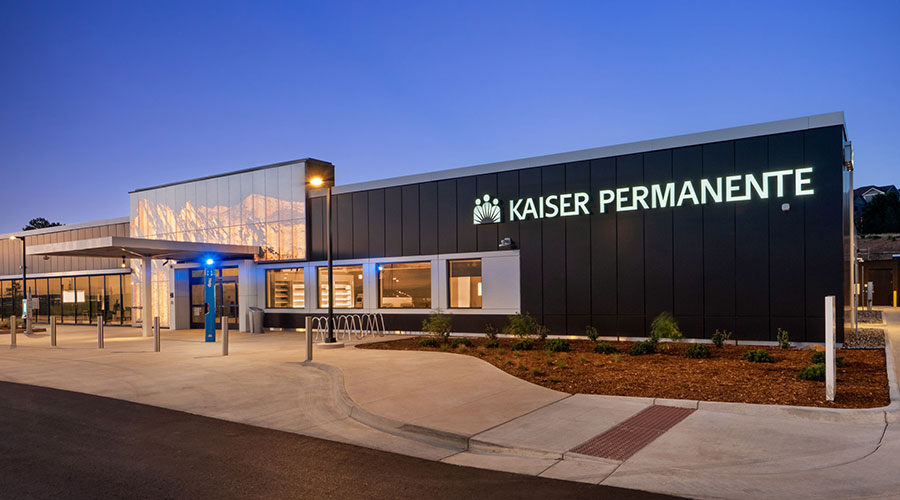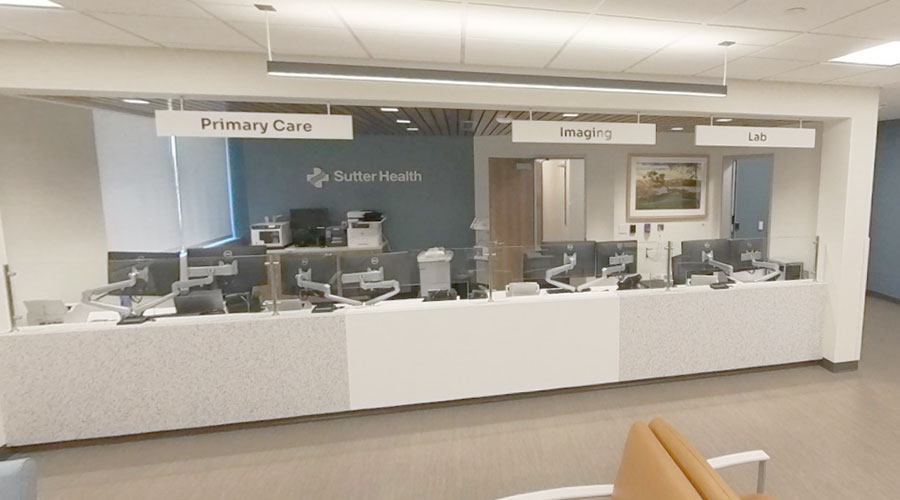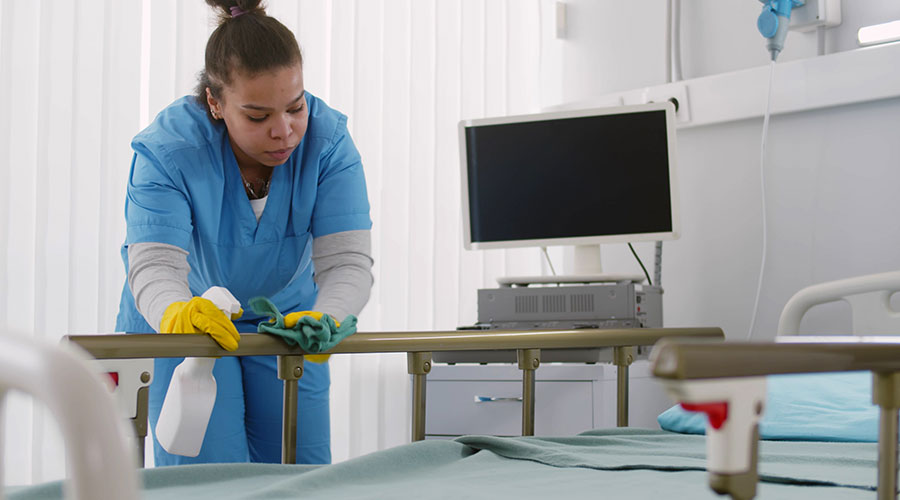In a time where even short power interruptions can mean life or death, the role of backup power systems in healthcare facilities has never been more vital. As hospitals and outpatient clinics face mounting pressures from extreme weather events and growing energy needs, manufacturers are responding with solutions designed for resilience, reliability and sustainability.
In this manufacturer roundtable, Healthcare Facilities Today spoke with backup and emergency power manufacturers about the trends shaping the future.
What innovations or trends are shaping the future of backup power systems for healthcare facilities?
“The future of backup power in healthcare is being shaped by innovations such as modular and scalable power solutions, integration of smart controls and remote monitoring and hybrid systems combining traditional generators with battery storage and renewable energy sources. These trends enable faster deployment, improved reliability and better energy efficiency.”
— Richard Sizemore, Business Development Manager, North America, Aggreko
“There are two types of healthcare, one is enterprise healthcare such as big hospitals and places with surgical centers. The other one is your smaller outpatient facilities. The big hospitals are going to be a little bit slower to adopt energy landscape solutions such as solar and batteries. However, for outpatient facilities, there’s financial cost optimization benefits to picking those up. They can leverage those for resiliency since the resilience needs are shorter term than what’s needed for a bigger hospital. That’s one trend.
Related Content: Backup Power: Challenges and Solutions
Another trend is a continued increase in serviceability, resiliency, reliability and uptime of equipment. We’re going to see a continued push to make sure that hospital backup power systems are easily serviceable with added features, capabilities and isolation requirements on those components. This is so that maintenance can get into the equipment to service it without exposing themselves to dangerous voltages or creating any downtime by requiring a shutdown to service it.
We’re also going to see higher reliability and resiliency requirements. Along with that, we’re going to see features pushed so those systems can recover during power outages or component failures. That’s so one component failure doesn’t take out the entire system and causes a blackout.”
— Victor Bonachea, expert product owner, ASCO Power Technologies / Schneider Electric
“When it comes to keeping the power on, the biggest opportunities today are the power of energy choice and the digital tools at the ready to help ensure resilient and secure electricity supplies for healthcare.
There are far more options to deliver energy security. Back in 2023, the Centers for Medicare and Medicaid Services (CMS) and the National Fire Protection Association (NFPA) issued a categorical waiver for health care microgrid systems (HCMSs) that opened the door to use diverse distributed energy resources (DERs) to fulfill backup power requirements. Today, you can use energy storage, cogeneration, renewables, fuel cells and more to work for emergency power in healthcare environments. Further, microgrids provide a scalable foundation for energy resilience; you can add DERs over time and support power availability, affordability and sustainability.
Importantly, there are new digital technologies ready for preventative maintenance and energy management. These tools are vital to streamline electrical system maintenance, monitor and manage various electricity sources, optimize healthcare energy systems and reduce carbon footprint. Whether you’re looking at the entire system or managing the health of specific electrical equipment, digital tools can help make existing infrastructure work longer, smarter and harder, while also simplifying compliance by providing needed data and records.
Much electrical infrastructure powering healthcare facilities was put in place decades ago and needs to work reliably and safely in the years to come. How do you know when there’s an emerging problem or maintenance need? Now, you can use software to optimize electrical maintenance to ensure safe, reliable system operation, while also improving productivity for your maintenance teams. This type of technology can help simplify compliance with NFPA 70B, the standard for electrical maintenance programs (EMP), through equipment data management, maintenance workflow automation and prebuilt reporting.
Energy management optimization systems (EMOS) can help manage increasingly complex healthcare and building energy systems—including onsite renewables, battery storage and electric vehicle (EV) charging infrastructure. Providing intelligent monitoring, controls and energy optimization, and forecasting energy usage to be better prepared for upcoming energy demand. This digital solution also provides the data needed to support 3D modeling and “digital twin” capabilities that enable healthcare facility management teams to simulate “what if” scenarios to ensure backup power schemes are effective and strategically prioritize electrical system upgrades.”
— Justin Carron, director of buildings and campuses, Eaton
Jeff Wardon, Jr., is the assistant editor of the facilities market.

 Infection Control is Key to Ongoing Measles Outbreak
Infection Control is Key to Ongoing Measles Outbreak Kaiser Permanente to Open New Parker Medical Offices
Kaiser Permanente to Open New Parker Medical Offices Skanska Completes Renovation for New Sutter Health Care Center
Skanska Completes Renovation for New Sutter Health Care Center Probiotic Cleaners: The Start of a Cleaning Revolution?
Probiotic Cleaners: The Start of a Cleaning Revolution?